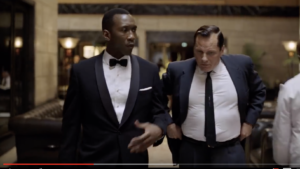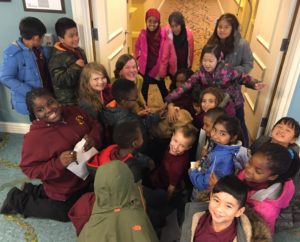Mondays with Mike: Presidents, dead and alive
December 3, 2018 • 5 Comments • Posted in Mike Knezovich, Mondays with Mike, politicsWe live in a media driven world. A supply-side scheme where large media outlets, especially cable TV, regardless of perceived political stripes, know how to stretch content to fill time, spread narratives and aggravate the hell out of us. And they know that anger and spectacle somehow keeps bringing us back. They’re in the eyeballs business, so they stick with that formula because it works, and because we let it work.
It’s the ultimate of ironies that Donald Trump considers CNN an enemy, because CNN essentially made him president by covering his campaign circus incessantly, giving him what amounts to millions and millions and millions of advertising. In the end, though, they’re both benefitting from the ongoing “feud.” They both get the attention they crave. Plus, for media, it’s cheap—it’s not really reporting so much as participating in a low cost reality TV show.
We’re just on the tail end of one rote media exercise: Breathless coverage of the death of a well-known person. In this case, it’s George Herbert Walker Bush. It could just as well be Prince, or David Bowie, or Anthony Bourdain.
The post-mortems tend to gloss over the controversial or troublesome parts of the deceased’s past. And we tend to revisit the past and relive past fights. In music, it might be “You know, Prince was over-rated.” With politicians, it’s the same and then some. And so it’s been with Bush.
I could recite a litany of my deep quarrels with his presidency. But you know, I already did that in real time.
What I’ll say about 41 is what I’d say about all the presidents I’ve voted for and didn’t vote for. They each did things to get elected that I don’t like. They each pursued many policies that I was vehemently against. They each made deals with various devils. None have been totally truthful.
I don’t believe all their foibles and virtues are equivalent—that’s why I voted for one and not the other.
I do believe however much I disagreed with their policies or political antics, they did what they did an inkling, a sense of something bigger and more important than themselves.
In my view, that separates them all, the ones I voted for and the ones that infuriated me, from the current president.




